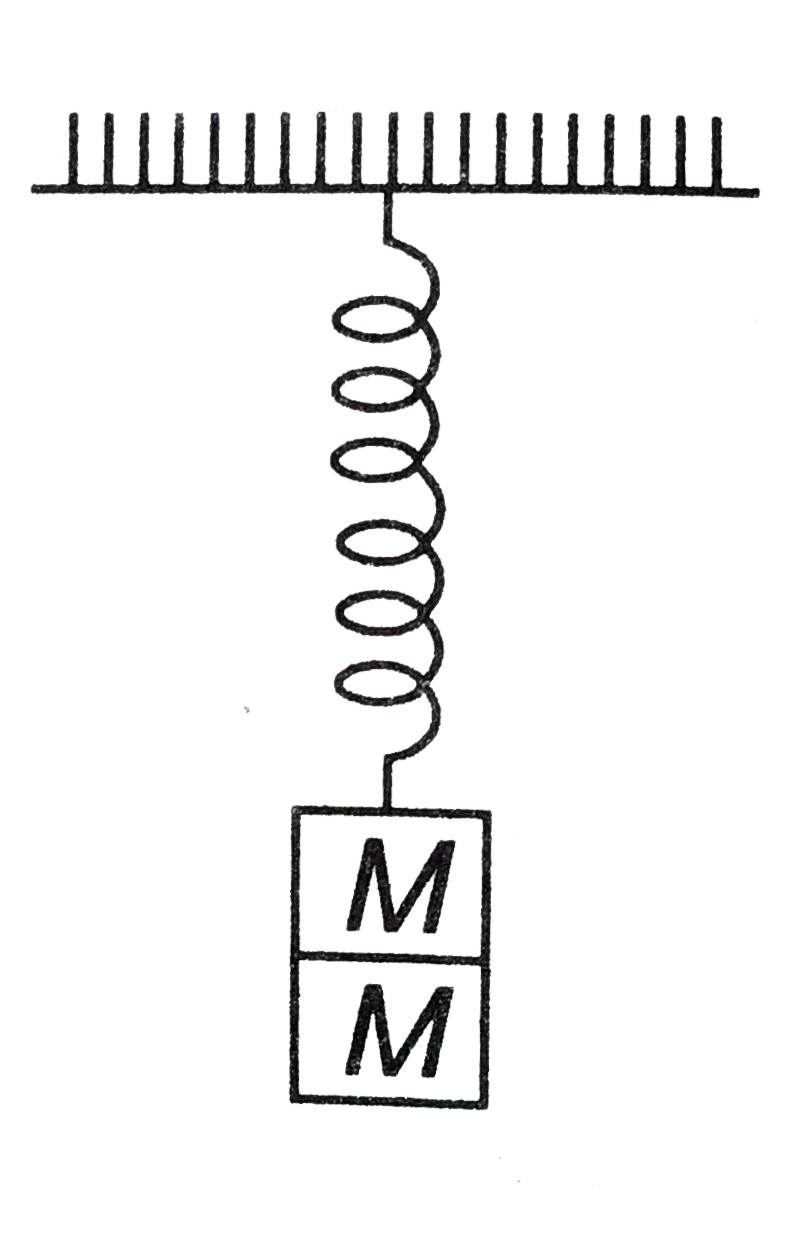A certain oscillation results from the addition of coherent oscillations of the same direction results from the addition of coherent where is the number of the oscillation is the phase difference between the and oscillations. Find the amplitude of the resultant oscillation.
We use the method of complex amplitudes. Then the ampulitudes are
and the resultant complex amplitude is
The correspnding orbinary amplitude is
.
Topper's Solved these Questions
- BOOK - IE IRODOV, LA SENA & SS KROTOVCHAPTER - OPTICSEXERCISE - Diffraction Of Light60videos
OPTICS
- BOOK - IE IRODOV, LA SENA & SS KROTOVCHAPTER - OPTICSEXERCISE - Polarization Of Light43videos
OPTICS
- BOOK - IE IRODOV, LA SENA & SS KROTOVCHAPTER - OPTICSEXERCISE - Exercise2videos
OPTICS
- BOOK - IE IRODOV, LA SENA & SS KROTOVCHAPTER - MECHANICSEXERCISE - Mechanics Problems92videos
MECHANICS
- BOOK - IE IRODOV, LA SENA & SS KROTOVCHAPTER - OSCILLATIONS AND WAVESEXERCISE - Electromagnetic Waves, Radiation36videos
OSCILLATIONS AND WAVES
Similar Questions
The superposition of two harmonic oscillations of the same direction results in the oscillation of a point according to the law x=acos2.1tcos50.0t, where t is expressed in seconds. Find the angular frequencies of the constituent oscillations and the period with which they beat.
View SolutionBy means of plotting find the amplitude of the oscillation resulting from the addition of the following three oscillations of the same direction:
ξ1=acosωt,ξ2=2asinωt,ξ3=1.5acos(ωt+π/3).View Solution
Knowledge Check
- Question 1 - Select One
A certain oscillation results from the addition of coherent oscillations of the same direction y=acos[ωt+(k−1)ϕ] where k is the number of oscillation [ k=1,2………N] and ϕ is the phase difference between kthand(K−1)th oscillations. The amplitude of resultant oscillation will be
Aasin(N/2)sin(ϕ/2)Basin(ϕ/2)Casin(nϕ)2Dα - Question 2 - Select One
In problem No. 1, when switch is shifted from position A to B, what is the time period of resulting charge oscillation ?
A2π√LCBπ√LCC2π√LCD2π√LC - Question 3 - Select One
The period of oscillation of a mass M, hanging from a spring of force constant k is T. When additional mass m is attached to the spring, the period of oscillation becomes 5T/4. m/M =
A9:16B25:16C25:9D16:9
Demonstrate that when two harmonic oscillations are added, the time-averged energy of the resultant oscillation is equal to the sun of the energies of the consituent osciallations, if both of them
(a) have the same direction and are incoherent, and all the values of the phase difference between the oscillations are equal probable,
(b) are mutually perpendicular, ahve teh same frequency and an arbitary phase difference.View Solution
The period of oscillation of a mass M suspended from a spring of spring constant K is T. the time period of oscillation of combined blocks isView SolutionThe acceleration of a simple harmonic oscillator is 1m/s2 when its displacement from mean position is 0.5 m. Then its frequency of oscillation is
View SolutionThe time period of an oscillator is 8 sec. the phase difference from t=2 sec to l=4 sec will be :-
View SolutionThree SHO's of equal amplitude A and equal time period combine in the same direction. The difference in phase between successive SHO's os 60∘ahead of the other. The amplitude of the resultant oscillation is
View Solution

